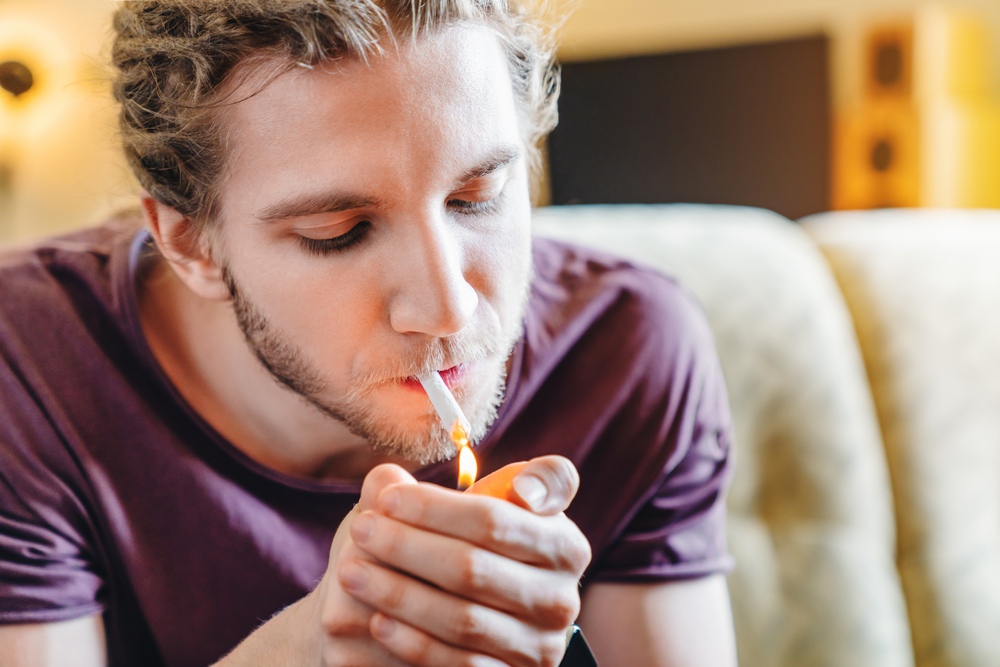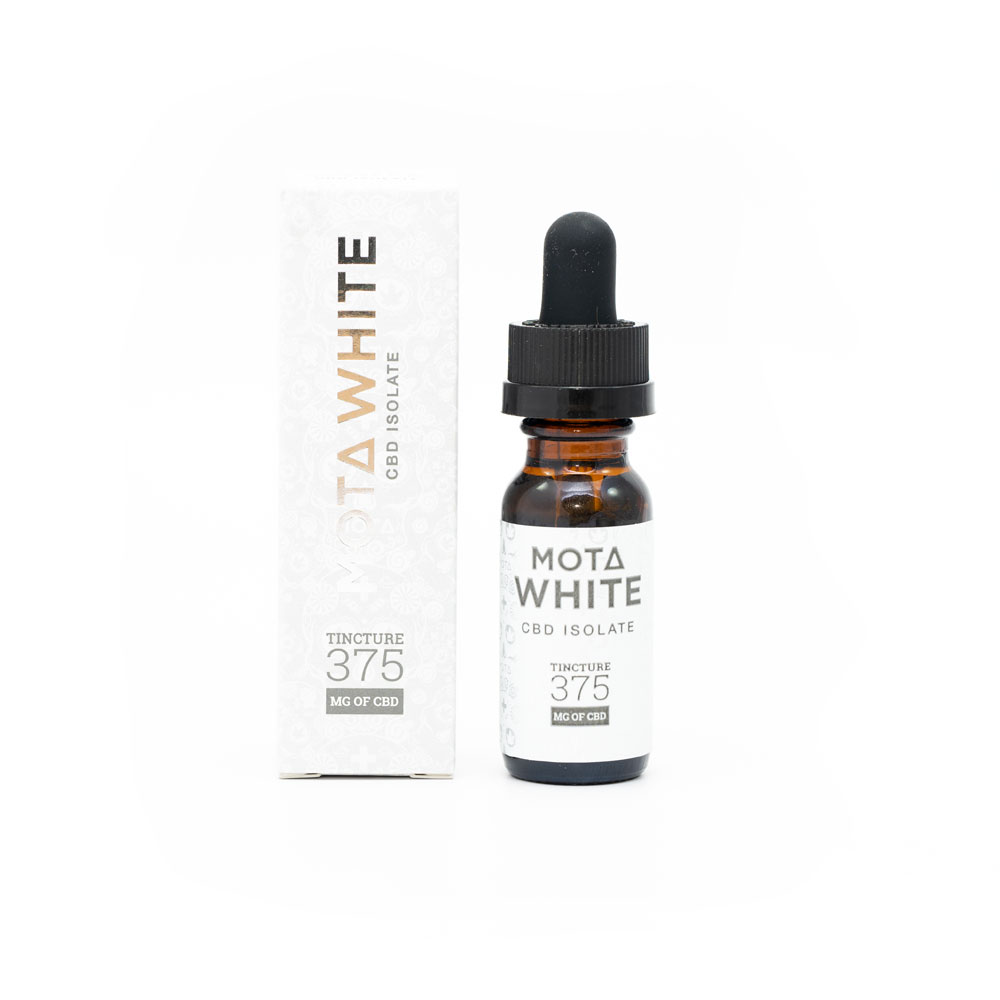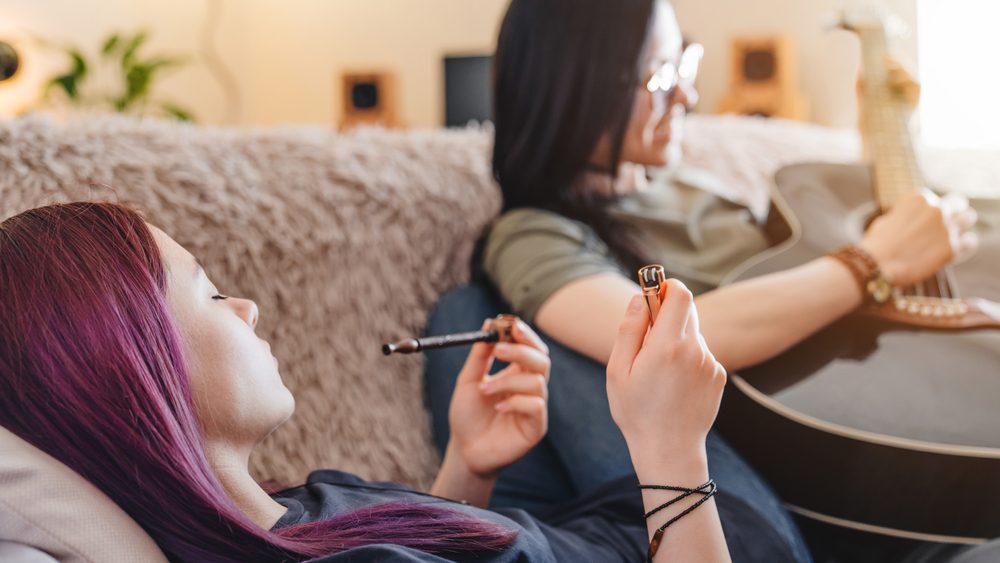Cannabis
Microdosing Cannabis – Benefits & How to Do it Effectively
In an extremely competitive market where ‘high THC content’ means everything, up until recently, there hasn’t been much advocacy surrounding microdosing cannabis and how less can provide more.
Luckily, in the last few years, microdosing has gained a lot of attention and popularity among mainstream cannabis consumers as an effective way to reap the benefits of weed without overindulging.
Today, we’re discussing what microdosing is, what its benefits are, and how to practice this trend effectively.
So stay tuned, you may have just stumbled onto your new favourite ingestion technique!
What is Microdosing?
Microdosing is most generally linked with hallucinogens like LSD. It also has deep roots in psilocybin, the psychedelic component of mushrooms.
However, experts are now suggesting that consuming low amounts of cannabinoids can also provide the desired results without causing intoxication.
Essentially, microdosing is a simple technique that encompasses exactly what its name would have you think—ingesting a tiny dose of a substance to reap its benefits without going too overboard or producing too intense of effects.
With cannabis legalization being in effect in Canada for a couple of years now, more people are opening themselves up to the potential benefits of cannabis, and microdosing presents the ideal opportunity for them to dip their toes in the water, so to speak, without diving in headfirst.
Anecdotal evidence from users who have experimented with microdosing weed disclose incredibly positive results.
One of the largest proponents is a lack of overbearing or overwhelming psychoactive effects associated with regular or higher doses of tetrahydrocannabinol THC.
That said, microdosing, while it has gained popularity in recent years, is still a relatively new practice. In this way, there isn’t a large catalogue of evidence on this topic, specifically. However, what does exist, paired with these anecdotal experiences is fascinating.
How Does Microdosing Work? How to Do it Effectively

For reference moving forward, a microdose of cannabis is roughly 1-10% of a regular standard dose. As such, those looking to experiment with it typically start within a range of 0.1-1mg THC as the starting line for most microdoses.
However, the amount can, of course, be adjusted to suit the individual user and their unique cannabis tolerance.
For context, according to the Marijuana Policy Project, a standard THC dose is 10mg. Anything less than this can qualify as a microdose.
That said, there are many methods for consuming cannabis in small amounts, with some arguably being more productive than others.
Cannabis Microdosing Methods
Smoking or Vaping
One option is smoking or vaping. Using this technique, cannabis minimalists should take just a single puff, wait for about five minutes to experience any reaction, and then take another if required.
However, the problem with this method lies in accurately controlling the quantity of THC you ingest. Rolling joints is a relatively individualized process. In other words, there’s no general unit of measure. Some people roll their joints fat, while others like theirs skinny.
In this way, the dosage level can be quite hard to determine accurately.
Additionally, smoking and vaping are great at-home options, but not necessarily ideal for public consumption because of the smoke and smell. Due to this fact, vapes are still more popular since they produce a less potent smell.
Edibles
Another more preferred, discrete option for microdosing is using edibles.
Edibles is a blanket term that encompasses many products, including tinctures, oils, gummies, pills, and more. These items allow users to precisely control their dosage.
There are edible options containing doses as low as 2.5mg THC, which is ideal for a microdose. However, depending on your preferred onset time, they may take too long to notice any effects.
This extended time is due to the body having to digest and metabolize the edibles, which is a longer process than inhaling the cannabinoids through smoke directly through your lungs, where they’re directly deposited into the bloodstream.
For more information regarding how long do edibles last, be sure to check out our full guide.
Tinctures

While technically falling under the category of edibles, tinctures are often the ideal choice for users looking for fast and effective relief.
This reliability is based on the fact that they can be consumed sublingually, meaning tinctures are absorbed directly into the bloodstream, with results being felt in as little as 15 minutes.
In this way, in terms of receiving an accurate dose with fast-acting effects, tinctures are by far the most efficient and accurate way to microdose.
When microdosing initially, we recommend taking things slow and steady. After taking a dose, it’s best to wait at least two hours to experience the complete effects before consuming more.
Ideally, microdosing does not cause a significant shift in mood or mindset. As the name implies, its effects are meant to be more subtle.
Microdosing Cannabis – The Case for Medical Marijuana
Despite a lack of substantial empirical evidence, existing clinical research provides evidence that a “less is more” approach is ideal when using cannabis.
In a 2012 study, patients with advanced cancer conditions unresponsive to conventional opioid painkillers were administered nabiximols (THC and CBD compound) at three dosages: low, medium, and high.
Patients receiving small microdoses of cannabinoids demonstrated a significant decrease in pain, while those receiving higher dosages actually experienced more pain.
Another study conducted in 2014 involved administering a low dosage of Nabilone (4 mg) to a group of individuals in prison. The synthetic cannabinoid was intended to manage the symptoms of post-traumatic stress disorder (PTSD). The results showed significant improvements in PTSD-associated nightmares, insomnia, and even chronic pain.
Finally, a similar study published by the Department of Psychiatry and Behavioral Neuroscience at the University of Chicago showed that participants demonstrated more significant stress-relieving outcomes when administered 7.5 mg of THC instead of 12.5 milligrams.
Participants had previously also reported that higher doses of THC increased negative moods.
While more research is necessary surrounding the potential medical benefits of microdosing, the evidence, as outlined in the studies cited above, are relatively promising.
As we stated earlier, from a recreational standpoint, anecdotal evidence from users who have experimented with microdosing weed report incredibly positive results, as well, some of which we will outline in the following section.
Benefits of Microdosing Cannabis
According to many users who have tried it, microdosing cannabis is beneficial for achieving a balanced, yet focused high.
Below, we’ll outline some of the most commonly cited benefits of microdosing.
Improved Behavior and Mood
Users who have incorporated a microdosing strategy into their cannabis consumption methods have reported strong feelings of stress relief and enhanced mood.
Microdoses of THC are associated with greater stress-relieving effects than regular doses, which can sometimes serve to exacerbate rather than quell the issue by generating feelings of anxiety and panic.
Additionally, these upticks in mood and decreases in stress are not met with any perceivable psychoactive effects. In other words, THC at a microdose level had little to no noticeable impact on users’ cognitive function.
Enhanced Creativity & Focus

Without the overbearing psychoactive effects commonly associated with higher levels of THC, cannabis in microdoses can promote enhanced focus without weighing down the mind.
Additionally, along with this boost in focus and an uplifted mood, lower doses of THC can potentially help stimulate broader, more divergent thinking.
Opposingly, according to a 2014 study, users administered higher doses of cannabis displaced “significantly worse performance” on divergent thinking tasks compared to those given lower doses or a placebo.
As we stated previously, since microdosing cannabis minimizes the likelihood of impaired cognitive abilities, it can potentially supply a bolstered sense of creativity that allows users to consider alternative perspectives and think outside the box.
It Can Help Adjust Tolerance Levels
Some individuals may need to reset their THC tolerance or practice what’s known as a tolerance break to get their levels back to a more manageable range.
In this context, microdosing can help you reset and re-evaluate your tolerance to the effects of cannabis products.
It’s important to note that the duration of a tolerance break will depend on a user’s particular consumption patterns and frequency of use. However, the general rule is to stop consumption for about 48 hours, then resume with a very low dosage of THC (1 to 2 milligrams).
If one or two sessions of this do not work, increase the dose of THC to 5 milligrams and onwards.
Concluding Thoughts
Microdosing requires mindfulness and patience – do it right, and you’ll successfully achieve a beautiful and healthy balance between your body, mind and weed.
In this sense, microdosing is something extremely personal. What works for some users may not for others. Ultimately, there is no magic recipe or dosage that fits everyone.
So, the key is to simply keep experimenting until you find a dosage that works for you.
While the evidence to support its efficacy is still in its infancy, from both a recreational and medicinal standpoint, the results thus far are incredibly promising and optimistic.
With this in mind, the possibilities of microdosing and its usage as a therapy and more manageable and responsible cannabis consumption strategy are just beginning to unfold!

